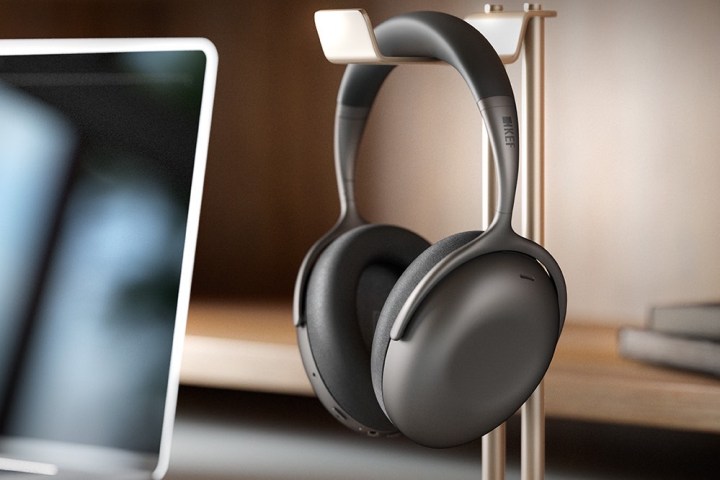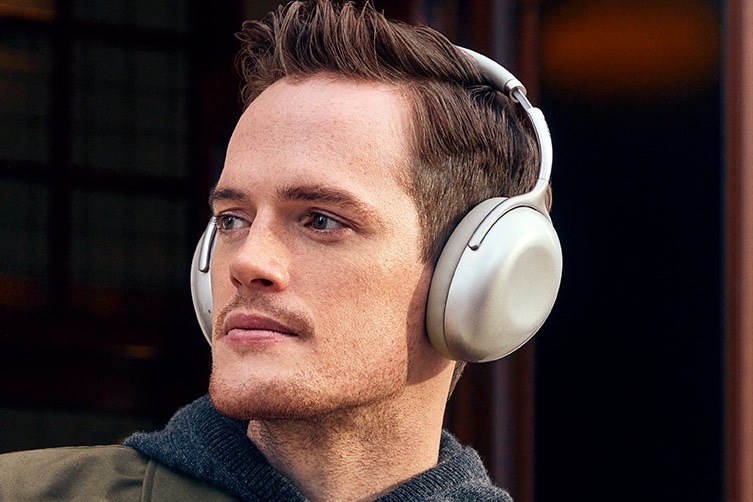KEF, the British audio brand best known for its high-end speakers, has launched the Mu7, its first set of premium, wireless noise-canceling headphones. They’re priced at $400 and come in two slightly different color tones: silver gray, and charcoal gray. For the moment, they’re only available at KEF’s website.

The Mu7 are very distinctive, with a design created by Ross Lovegrove, who collaborated with KEF on its first set of wireless earbuds, the Mu3. In fact, the Mu7 look like a scaled-up version of the Mu3, with a similar smooth-oval shape for the earcups and plenty of aluminum used throughout the headphones. The design mirrors other high-end
On the inside, KEF has placed a set of 40mm dynamic drivers, which the company says has been engineered to “reveal the smallest details of your favorite music.” To help with that task, the new cans support Qualcomm’s aptX HD Bluetooth codec, which can deliver lossy audio up to 24-bit/48kHz under the right conditions. Most Android devices support aptX HD, but Apple’s products do not. If you’re using an iPhone, the Mu7 will work with the AAC codec instead.
The headphones are equipped with KEF’s Smart Active Noise Cancellation, a technology that makes its debut on the Mu7. The company says it can dynamically change which frequencies are being canceled, depending on your environment. Bizarrely, for a set of $400 ANC
Battery life looks excellent for this category: KEF claims the Mu7 will get 40 hours of life on a single charge, even when using active noise cancellation (ANC). Should you run low on juice anyway, a 15-minute quick charge will apparently give you an eight-hour boost, which is also very good for a set of wireless cans.

The Mu7 have a few physical buttons mounted to the bottom of the earcups, for ANC mode, power, and Bluetooth pairing. The rest of the available functions (volume, play/pause, track skipping, call control, and voice assistant access) are controlled through a series of touch gestures on the outside of the earcup — something that both Sony and Sennheiser use on their flagship WH-1000XM5 and Momentum 4 Wireless headphones. KEF says that call quality will be very good on the Mu7, thanks to Qualcomm’s Clear Voice Capture technology.
A 3.5mm analog jack and included cable let you connect the Mu7 to your choice of analog audio source, but the USB-C connector is purely for charging — you can’t pipe digital audio in from a computer or smartphone to take advantage of the headphones’ built-in digital-to-analog converter (DAC).
For the price, there are definitely a few missing bells and whistles — no carry case, no wear sensors for auto-pausing music, no transparency mode, and unless KEF neglected to mention it, no mobile app with adjustment for EQ, controls, or ANC settings. Still, KEF’s reputation rests more on sound quality than on its ability to offer every single feature, so we’ll resist passing judgment until we hear these new headphones in action.





